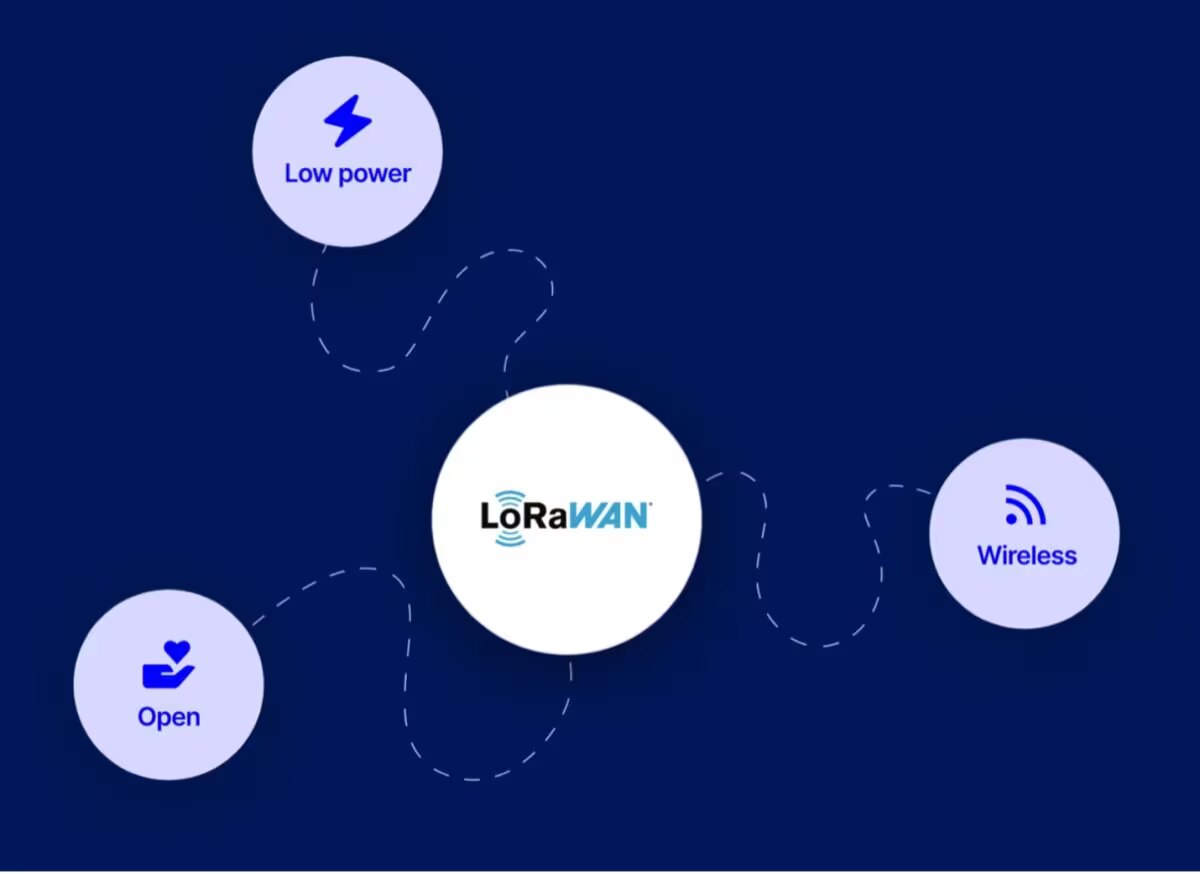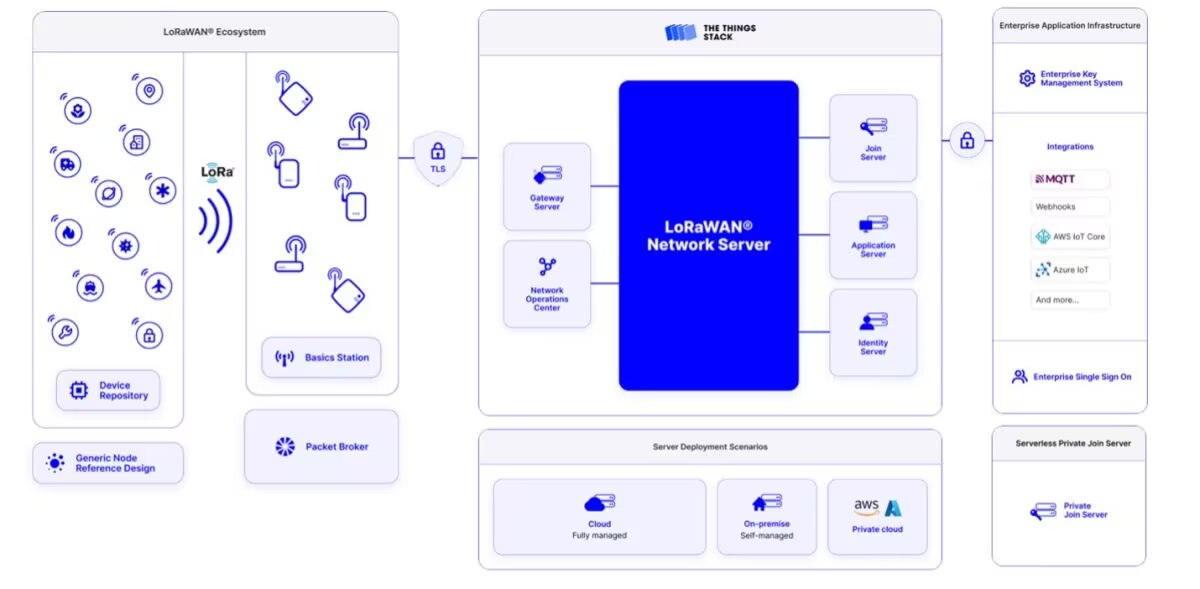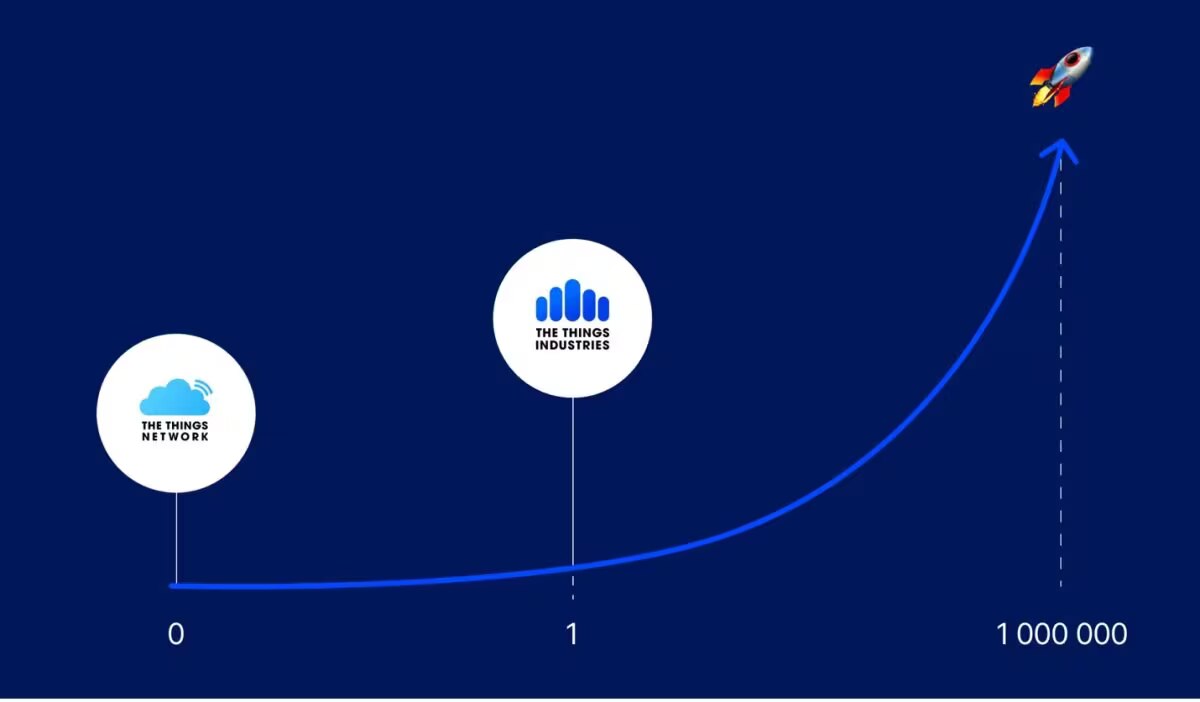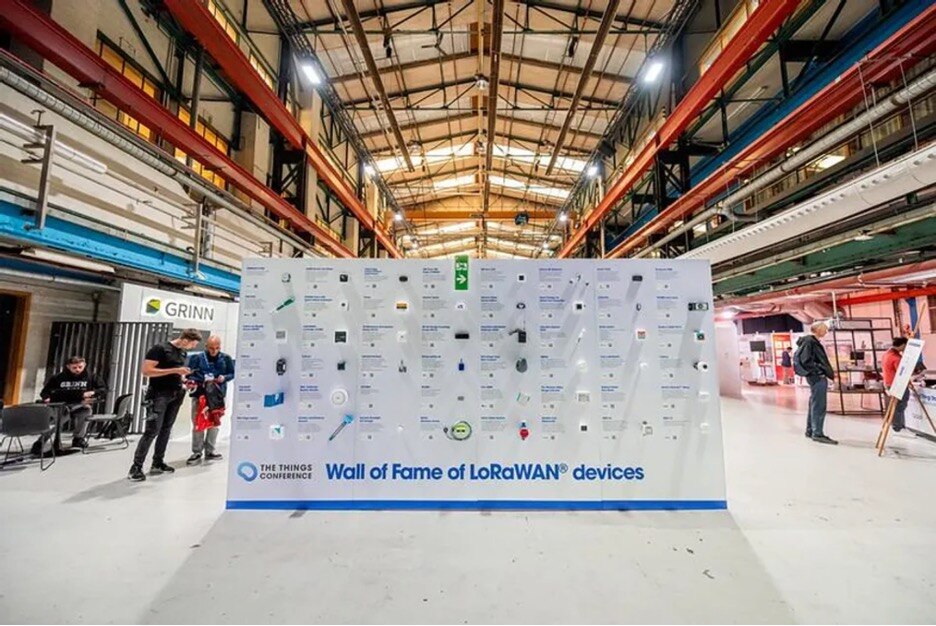Cutting Costs, Boosting Margins with Arm-based Cloud

Is it really possible to migrate a cloud solution to Arm technology and, in the process, cut your cloud infrastructure costs by a third and improve your gross margins by 10 percent?
The Things Industries thinks so. In fact, they know so.
The Things Industries, an IoT connectivity management company for LoRaWAN, recently migrated to a cloud solution that’s 100% powered by Arm processor technology and realized immediate benefits. Their cost savings and improved margins directly enhance the commercial viability of the company while concurrently improving environmental sustainability.
Let’s take a closer look…
The Things Industries delivers services to global customers leveraging the LoRaWAN wireless transmission standard that specializes in low power operations and long range transceivers. The Things Industries provides a global core network management platform for IoT systems integrators and developers to create a wide range of LoRaWAN applications supporting more than 1.5M devices all across the world.
LoRaWAN is cost-effective: it uses existing infrastructure, such as gateways and base stations, to provide connectivity over wide areas. This makes it attractive for organizations that want to deploy IoT solutions on a larger scale. LoRaWAN is finding its niche in enterprise and private network use. Comparable to WiFi, The Things Industries’ customers set up the networks themselves. Using The Things Stack cloud infrastructure for efficient management and operations of the network, device and security management.


The Things Industries is geared toward enterprise use and provides a wide range of additional features. Central to this is The Things Stack Cloud, a LoRaWAN Network Server that provides a cloud-based infrastructure for managing and operating LoRaWAN networks. It enables the deployment and management of LoRaWAN devices, gateways, and applications.
The Things Industries runs an open-source business model, a developer community and LoRaWAN sandbox environment branded The Things Network with more than 190,000 members. These include hobbyists, students, researchers, small businesses, smart cities, and other non-profit organizations open and free tools. The model is that going from zero to one is done with the open source tools and scaling from 1 to a million is done with The Things Industries.

Making it happen with a cloud-native approach
This all may sound like magic: A company delivering the right networking services for transformative IoT applications and then growing quickly to meet demand. But there are factors The Things Industries had to consider when attempting to scale; chief among them was server cost for a company that is completely cloud-based. The costs can quickly get out of hand, since the more users in the The Things Stack Cloud, the more cloud-based computing The Things Industries needs to acquire. And that can quickly eat into a company’s profit margin.
Most of the devices connected into The Thing Stack Cloud network are Arm-based, given that Arm’s highly compute-efficient processing IP has been embraced by IoT developers. On the other hand, The Things Industries always believed that server chips – a world away from the small form factor, power-miserly microcontrollers that dominate IoT device deployments – would remain dominated by Intel.
“However, that turned out not to be the case,” said Johan Stokking, the company’s co-founder who serves as CTO.
Enter Arm Neoverse, the 64-bit datacenter-focused processor that has been deployed in all major cloud providers.
Since 2015, The Things Industries had been using Go, the high-level, Google-developed programming language created for multicore, networked machines and large codebases.
“We’ve been looking at this for a while,” he said.
Major server tools are also built in Go, including Docker and Kubernetes. In recent years, major public cloud vendors started offering servers based on 64-bit Arm processors including Neoverse. At the same time, laptops based on Arm hit the market.
“So, we as developers naturally started developing using Arm64,” Stokking said. A virtuous cycle accelerated, since developers like to use the same architecture in the cloud as well as locally. “And the Go team made significant performance improvements on the Arm64 compiler because developers who like Macs adopted Arm64 rapidly,” he added.
Stokking said that in considering Arm for its network, the company began by adding multi-architecture builds to its CI and deployment pipelines. At one point, they were shipping Intel and Arm releases of The Things Stack.
Then, they migrated service-by-service from Intel to Arm. The Things Industries runs on AWS, and they adopted AWS Graviton2 and Graviton3 machines, testing them to see how things worked and if there were any performance issues. They operate both a sand box network and a commercial cloud in independent environments, so the sandbox network acted as the test environment, Stokking said.
Stunning results
The results were immediate and stunning: The Things Network on Arm reduced costs by 33% over Intel. This improved their gross margins from 70% to 80%.
Wienke Giezeman, the co-founder and CEO, said, “We were excited for two reasons. One, because it significantly helps our customers by creating higher value but it also builds a stronger business model. Our customers install devices with a lot of effort, and we have many customers that have 10 year life time projects. Building a sustainable business model with a sustainable future technology is our duty to our customer base that together have 1.5M devices connected together.”
“And companies like ours are valued on their commercial sustainability, many tenders require proof of sustainable business models,” he added.
Cloud Runs on Arm
The lower cost is not just because the hardware is less expensive; it comes with a lower-energy footprint.
“Energy is a major cost driver for cloud vendors,” Stokking said. “AWS claims that their Graviton machines are 60% less energy consuming than Intel counterparts.”
The Things Industries is now 100 percent Arm-based.
“We find that Arm chips meet our needs, and we have better partners and support within the Arm ecosystem,” Stokking said. “For instance, we work with STMicroelectronics, which offers an integrated system-on-a-chip that combines a LoRaWAN transceiver and an Arm-based microcontroller.
The migration of The Things Stack Cloud to an Arm-based cloud solution has proven to be a game-changer for the company. The immediate results speak for themselves, with a 33% reduction in cloud-computing costs, a 10% improvement in gross margins, and a remarkable 66% increase in annual recurring revenue.
The decision to switch to Arm was inspired by the company’s belief in the power and efficiency of Arm processors. The transition process was smooth, with The Things Stack Cloud gradually migrating its services from Intel to Arm and experiencing shocking results. The move not only enhanced the company’s financial standing but also provided higher value to its customers.
The lower-cost and lower-energy footprint of Arm-based servers contributed to the significant gains achieved by The Things Industries. With a 100% Arm-based infrastructure now in place, The Things Stack Cloud is well-positioned for scalability and continued success in the dynamic world of IoT development.
Embracing the dynamism
The Things Industries has a repository of interesting business cases using LoRaWAN.

Retail
Many enterprises use LoRaWAN in stores, supermarkets, restaurants, etc. With use cases ranging from temperature sensors used for food safety to People counting and pest control.
Building management
Many customers of The Things Industries use sensors in buildings to make them more efficient. Examples are energy monitoring through submetering with LoRaWAN connectivity and environmental monitoring to enhance HVAC control.
Agriculture
Famine and food security are pressing challenges in today’s world. The agrichemical company Syngenta, in an effort to improve food security and reduce famine, worked with Cital to create Cital’s Soil Sensor. The LoRaWAN-enabled technology, running on The Things Stack Cloud’s LoRaWAN Network Server automates crop monitoring and data capture and offers control over systems and equipment throughout a farm. Data from 1300 devices in the field provides farmers with easy access to a wealth of information that can enhance their operations.
Utilities
In the U.K., The Things Network and Connexin won a contract to build Severn Trent Water’s smart metering system. They will deploy 150,000 smart meters in Coventry and Warwickshire using Itron smart meters and The Things Network’ LoRaWAN® Network Server. The goal is to provide real-time water usage data for accurate billing and leak detection. The data will help assess water consumption and notify customers of unusual usage, promoting cost savings.
Scientific research
NVIDIA and an artificial intelligence IoT team from Securing Antarctica’s Environmental Feature (SAEF) have taken the technology to one of the most remote places on Earth. They installed the first LoRaWAN gateway on the Sciences Building at Casey Research Station in Antarctica. The goal is to deploy an AIoT sensing platform in remote areas of Antarctica to record radiation, temperature, humidity, moss canopy temperature, and soil-air energy transfer.
Migrate Your Workloads to an Arm Neoverse-based Cloud
Lower your cloud computing costs while improving performance and scalability with Arm-based cloud instances, now available from every major cloud services provider.
Any re-use permitted for informational and non-commercial or personal use only.











